 |
| April 02, 2020 |
Dear Reader,
While social distancing during the coronavirus pandemic, do you feel starved for human contact? According to a new study, our need to connect is apparently as fundamental as our need to eat. The findings show both loneliness and hunger share signals deep in a part of the brain that controls basic impulses for reward and motivation. In the United States, most attention on the spread of COVID-19 is focused on New York and other large cities. But state-level data may be hiding hotspots in less populous areas like parts of Georgia and Mississippi. Check out our lead story to view new maps that reveal some surprising patterns in infection rates at the county level after adjusting for population size. Today's news also includes details on NASA's next solar mission and an update on the status of this year's United Nations climate summit. Important information for our print subscribers |
| | Sunya Bhutta, Senior Editor, Audience Engagement
@sunyaaa | |
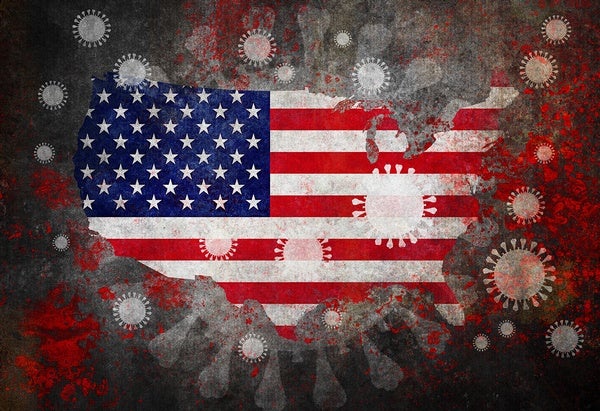 |
| |
| |
| |
| |
| |
| |
FROM THE STORE
 | | | |
| |
FROM THE ARCHIVE
 | | | |
| |
LATEST ISSUES
 |
| |
| Questions? Comments?  | |
| Download the Scientific American App |
| |
| |






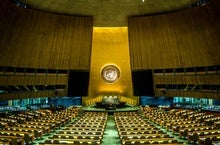
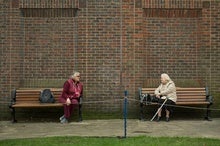
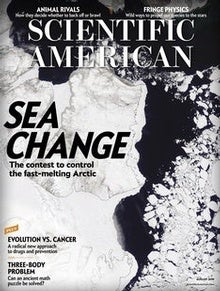


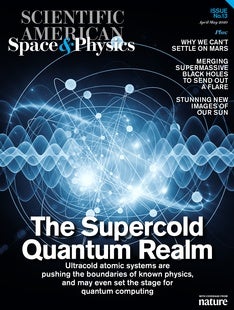

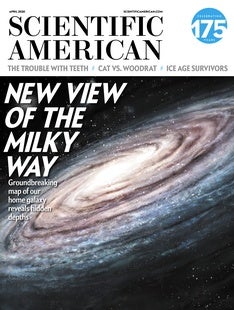
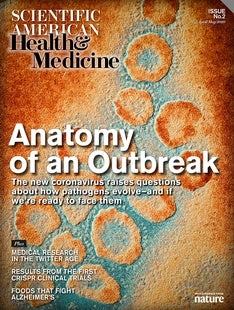
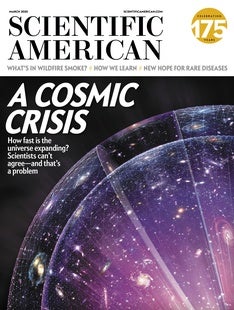



Comments
Post a Comment